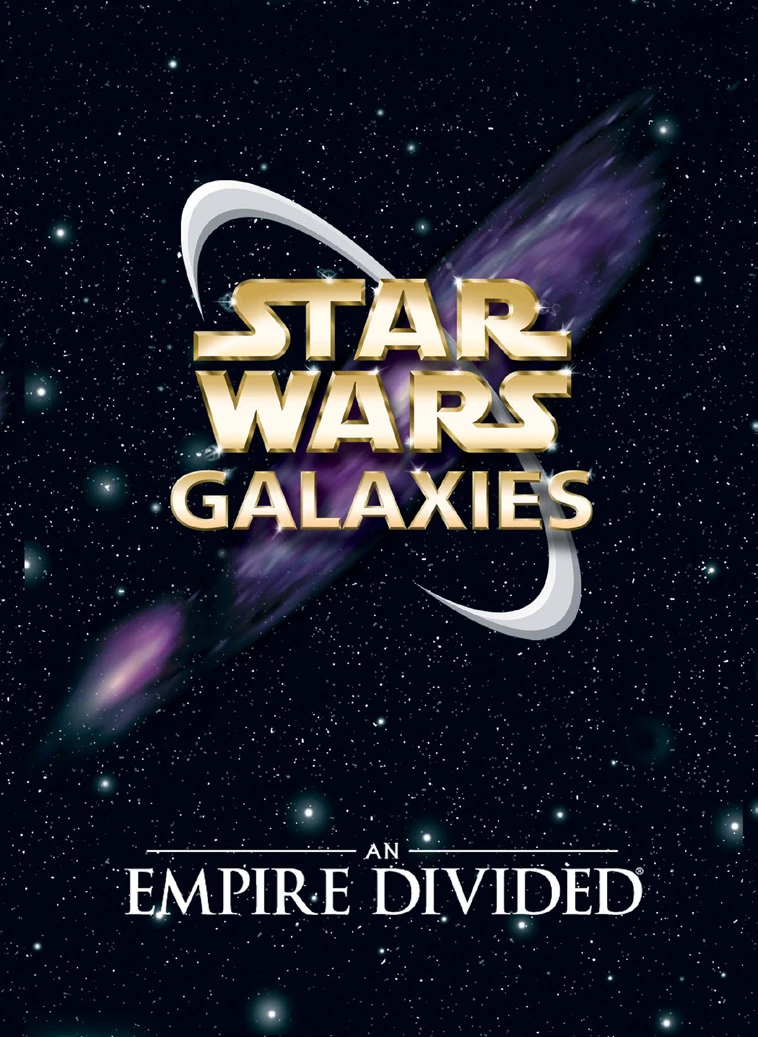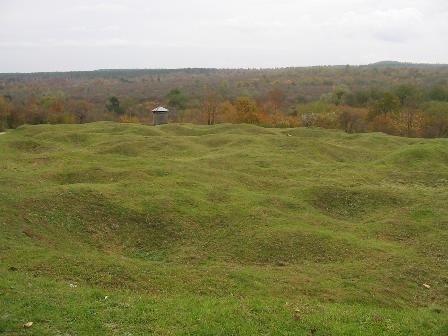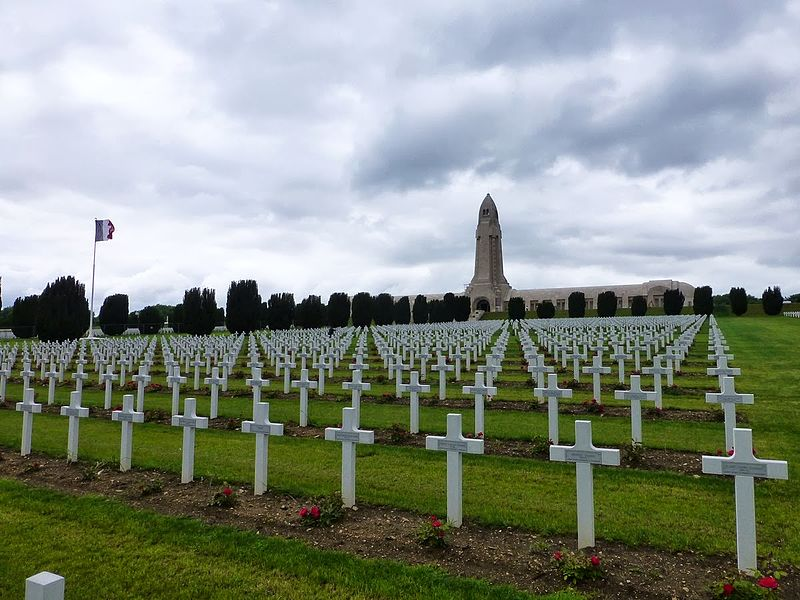A Long Time Ago... with Chris Kempshall
Hello there.
Welcome to A Long Time Ago… the fortnightly series where I ask a different guest to share with us a favourite Star Wars story and historical site. This started as a tie-in to my first piece of published writing, the article ART WARS for Star Wars Insider #226. The whole archive of my exploration of fourteen ancient art sites and every Star Wars story on my shelves can be found here.
Today, on this special first Sunday (and so the first A Long Time Ago…) of the new year, I hand over to Dr Chris Kempshall!
Chris is a public historian and author who specialises both in transnational experiences of warfare and modern media representations of history; predominantly computer games and the Star Wars franchise. He is currently the President for the International Society for First World War Studies and an Honorary Senior Research Fellow at the University of Exeter. He is also an Associate of the Imperial War Museum Institute and a Senior Research Fellow for the Centre for Army Leadership, Royal Military Academy Sandhurst. Alongside his academic work he authored Star Wars: The Rise and Fall of the Galactic Empire, an ‘in-universe’ history book officially licensed by DK and Lucasfilm and published in July 2024.
He’s also a fellow Star Wars Insider contributor!
In A Galaxy Far, Far Away…

My choice is not likely to come as a surprise to anyone who has listened to me talk for more than five minutes about Star Wars. I loved Star Wars Galaxies. I still love Star Wars Galaxies. It was the most important game and, given what’s come since, an absolutely formative experience of my life.
So let me explain with some background details. Star Wars Galaxies was a massively multiplayer online role-playing game (MMORPG) that ran from 2003-2011. It contained multiple worlds from the Star Wars galaxy and players could choose different careers and skills whilst also picking a side in the ongoing Galactic Civil War. It advertised itself as an opportunity to live within Star Wars. Was it successful?
Well yes and no. The ambition of the developers absolutely cannot be faulted. They really wanted to smash this one out of the park. But for a variety of reasons, many of which are chronicled in great detail online, the game often found itself caught between the aim of producing an immersive Star Wars experience, battling with World of Warcraft, and the limits of technology.
But the real charm, the real strength of the game was the players. When planned content or features were delayed or proved unworkable it didn’t matter because we created our own content. Epic battles, races, and events were all crafted from the ground up by the players.
Talking about events that happened on a single server of an online game can often seem a bit odd at the best of times, but even more so for a historian. How do we record events that happened in a virtual space to only a fraction of those playing the game? Did they really happen at all? When the servers got shutdown in 2011, what evidence was there for any of it happening?
But here’s the thing: I know that the grand Imperial invasion of Tatooine took place on the Naritus server. I saw the massed fleet of the major Imperial player associations take off from Naboo and travel across the stars. I witnessed the greatest army the Empire on that server ever put to field march across the planet destroying Rebel bases and strongholds as they went. I was there. I saw it. It happened.
Beyond the enjoyment of playing the game itself, it also came at a moment for me as I worked through various forms of university study and explored creative outlets. I wrote a lot of Star Wars fan fiction based around the events of the Naritus server and tied it into the narratives of the old Expanded Universe. If I hadn’t spent that time in game and writing those stories I strongly doubt I would have been in a position to contribute to Battles that Changed the Galaxy and then write The Rise and Fall of the Galactic Empire.
None of that happens without Star Wars Galaxies. I loved it. I still love it. And I think about it and that time of my life every day.
In Verdun, Meuse, France…

I’m afraid I’m going to be predictable again here and, given my historical background, pick a First World War location.
I’ve been up and down the old Western Front of the First World War numerous times and I’ve seen most of the battlefields and locations that saw fighting across 1914-1918. What always strikes me is, for many of them, how difficult it is to actually gain much understanding or to get it by looking at the landscapes there. If you go to the Somme you can travel between the multitudes of Commonwealth War Graves Commission cemeteries across… well… nothing. It’s farmland. There’s nothing there. That in itself speaks to a wider historical understanding of the Battle of the Somme, but that’s a whole other discussion. But the landscape of the Somme itself struggles to convey the reality of what the Battle was like and what it must have meant.
This is not true of Verdun.
Visiting the Verdun battlefields is an incredibly different experience. Walking around, and over, the forts themselves and being able to go inside them helps a lot. But so too does walking through the remnants of destroyed villages, seeing the undulating countryside that has been shaped by artillery shells, and noticing the signs that – for very good reasons – caution you against leaving the path.
You can easily come to understand what must have happened here by observing the sheer level of violence that is still written across the landscape.
It is this feeling that is then driven home by the Douaumont Ossuary constructed after the war near Fort Douaumont itself. The cemetery outside contains 16,142 graves and the ossuary itself holds the remains of over 130,000 unidentified French and German soldiers. It is a staggering thing to see and try to take in. A monument to sheer unbridled horror and grief.
At the top of the ossuary’s tower – which itself provides a stunning view of the battlefield – the rotating red and white ‘lantern of the dead’ shines out each night across the landscape.
It is a truly affecting and moving thing to witness and I strongly encourage anyone who wants to get it both about the battle itself and the traumatic wounds it left behind, to visit.

Thank you so much Chris!
These posts come out every other Sunday so subscribe today to discover the next guest and their picks!
Cheers,
Harvey